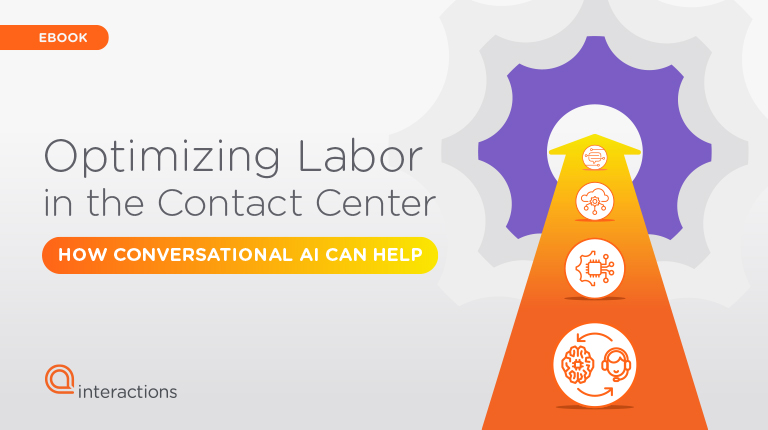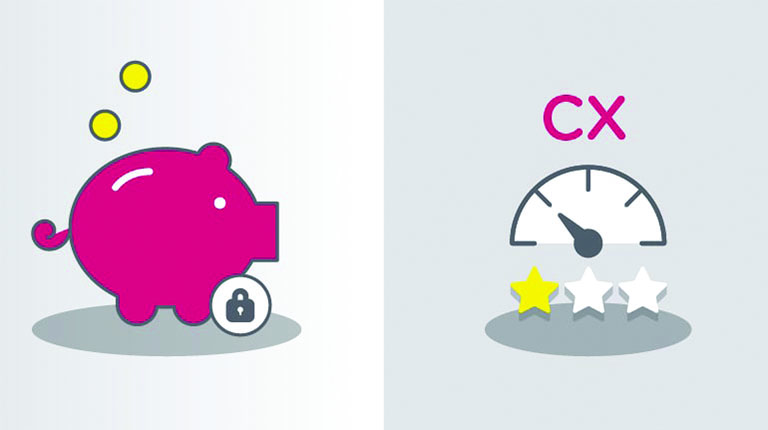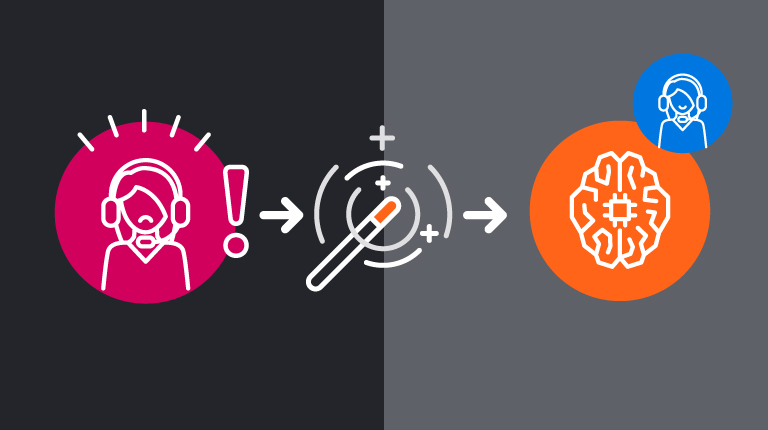In 2020, contact centers were hit hard by the pandemic. Between moving agents to work from home environments, to unpredictable volumes, to navigating a more digital customer base, companies felt the pressure.
The ones that struggled the most didn’t have technology in place that supported an evolving business.
With the talks of a recession looming around us, there’s no better time for companies to future-proof their contact center for whatever may come our way this year (and beyond).
Recessions don’t strike the same way twice. And from industry to industry, it may strike differently. We can’t predict the future. But we can learn from the past. What do the contact centers that have survived (and even thrived) in past economic troubles have in common?
Let’s take a look.
Help customers help themselves.
In times where businesses are pinching pennies, technology can be leveraged to keep customer experience high. It’s no secret that human agents cost more per customer interaction than automation. But when implementing self-service options, businesses must ensure that it’s actually helping customers, and not making their journey more complicated.
With the proper technology, self-service interactions will actually serve customers better than a human agent. In turn, it frees agents to focus on higher value interactions so they can help customers with more complex or emotionally challenging issues.
The result? Businesses spend less money on better customer service.
Plan for the long term
During times of economic uncertainty, businesses often pause spending to keep their organization afloat. Managing the business day-to-day takes priority over long-term investments. So having technology in place that can support a reduced budget and workforce before uncertainty strikes is a must.
Technologies, such as Conversational AI, build the foundation for a scalable and flexible contact center that can thrive even during labor and budget shortage scenarios. Learn more about how Conversational AI can optimize labor and save money in our eBook.
Find points of inefficiency
Mapping the customer journey is a valuable tool to identify where your contact center may need improvement (especially in preparation for future uncertain events). By examining the customer journey from a zoomed out view, it’s easier to identify places where costs are higher than they need to be.
For example, if your contact center still relies on agents for simple tasks such as password resets, the contact center may not be poised to survive with a tightened budget during a recession. These tasks can easily be automated with self-service technology. Not only does this save money and future-proof the contact center, but it may lead to more efficient transactions for the customer as well.
Keep loyalty high
During a recession, the last thing a business wants to do is lose business. With layoffs and cut costs, often customer experience is the first thing out the window. Businesses that keep customer relationships a priority outcast those who don’t.
By leveraging automation and high-quality self-service options, customers will remain happy and loyal to your business, despite tough times. This keeps revenue steady during and long after the recession ends.
To learn more about how to future-proof your contact center during times of uncertainty, check out our eBook.





